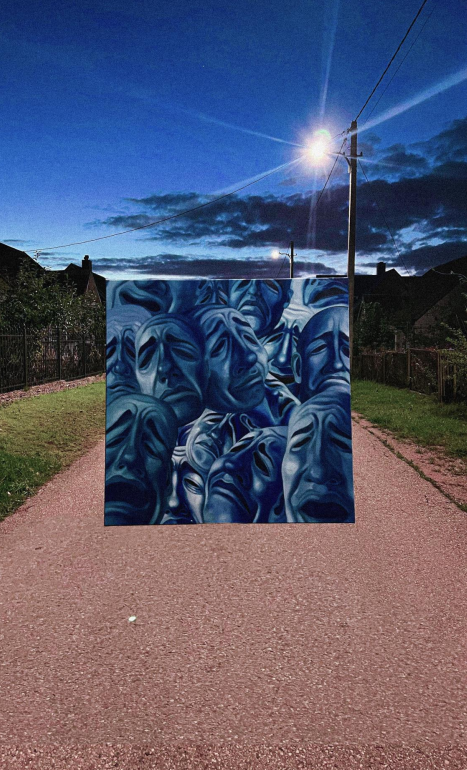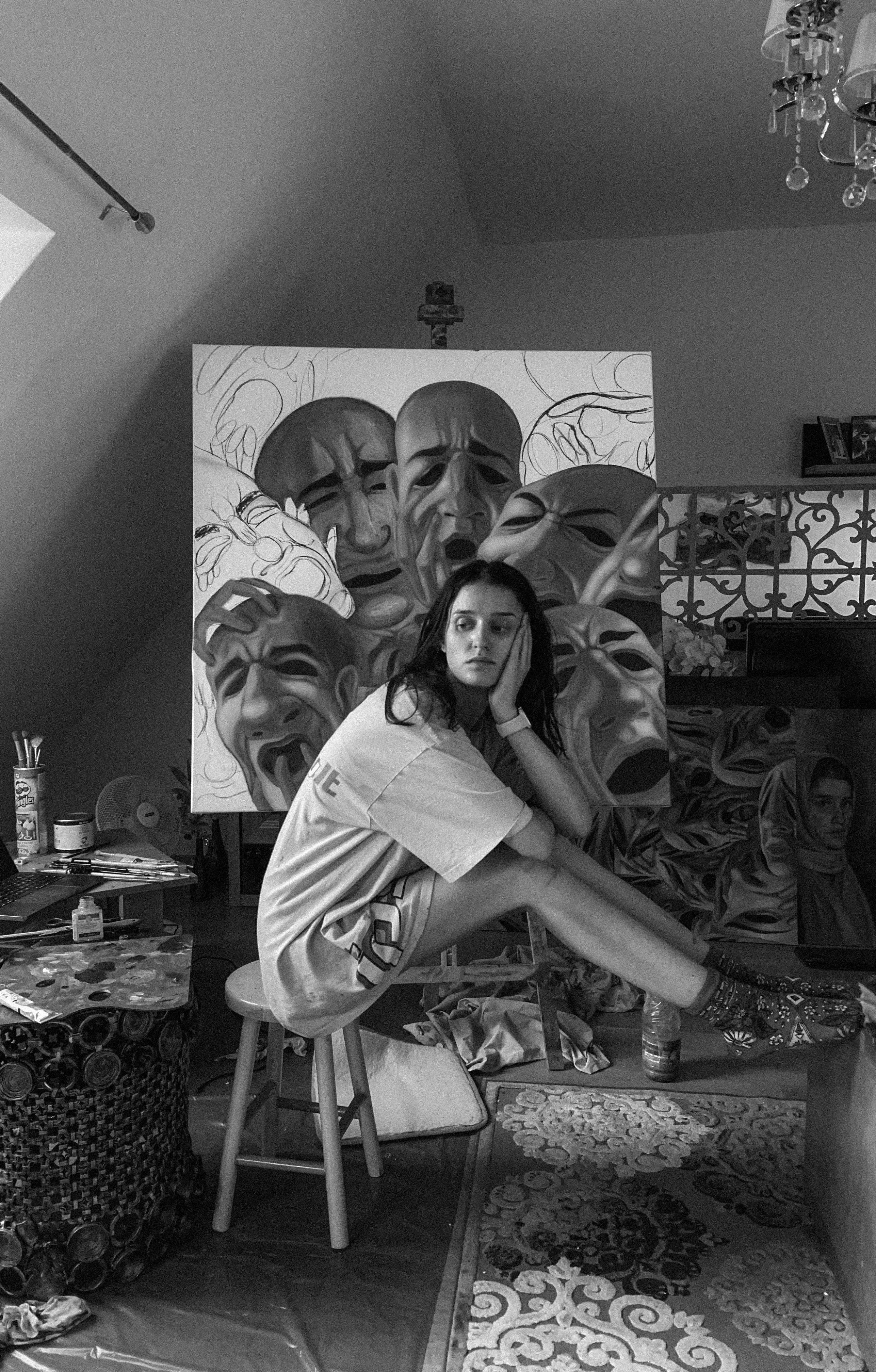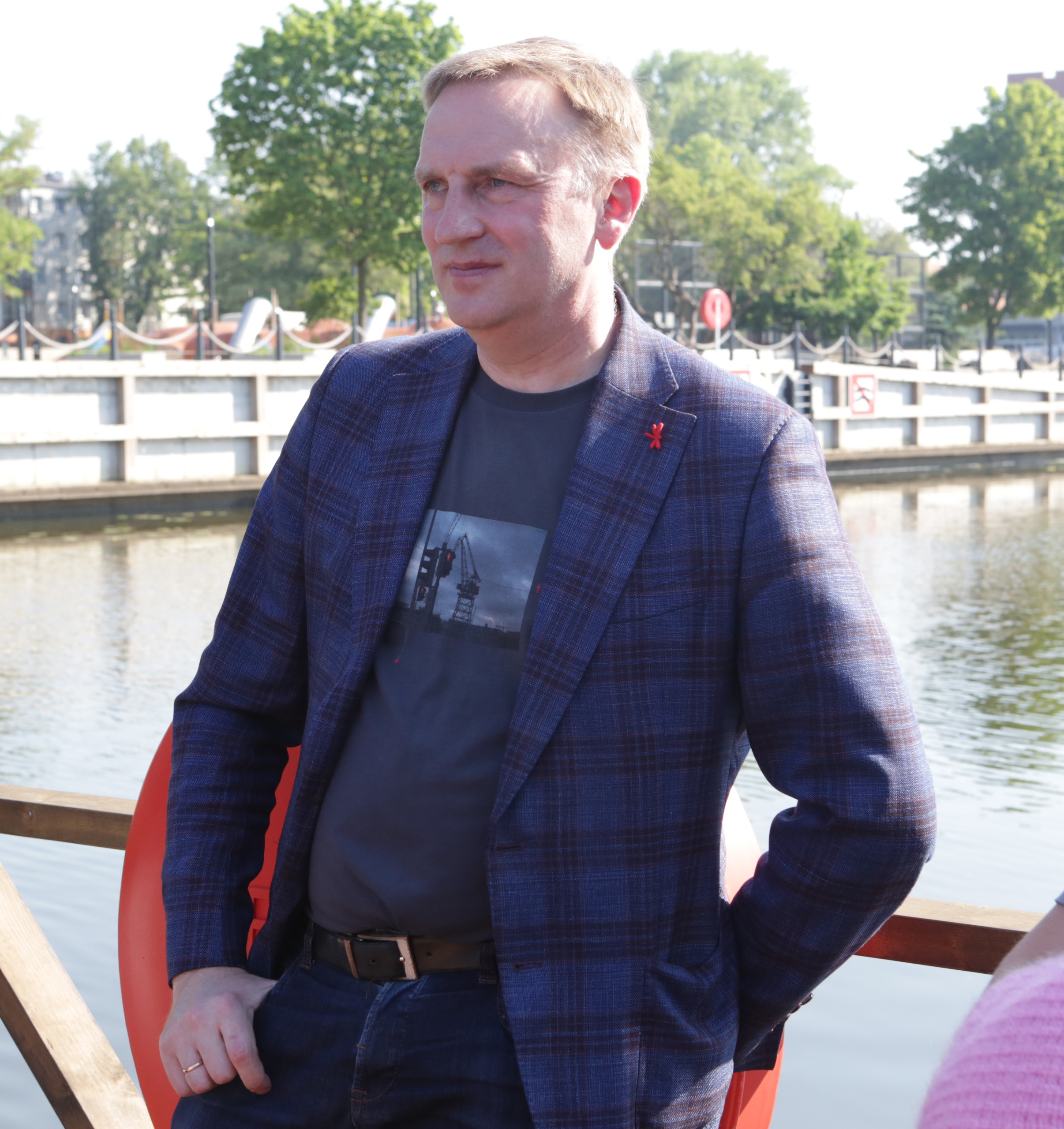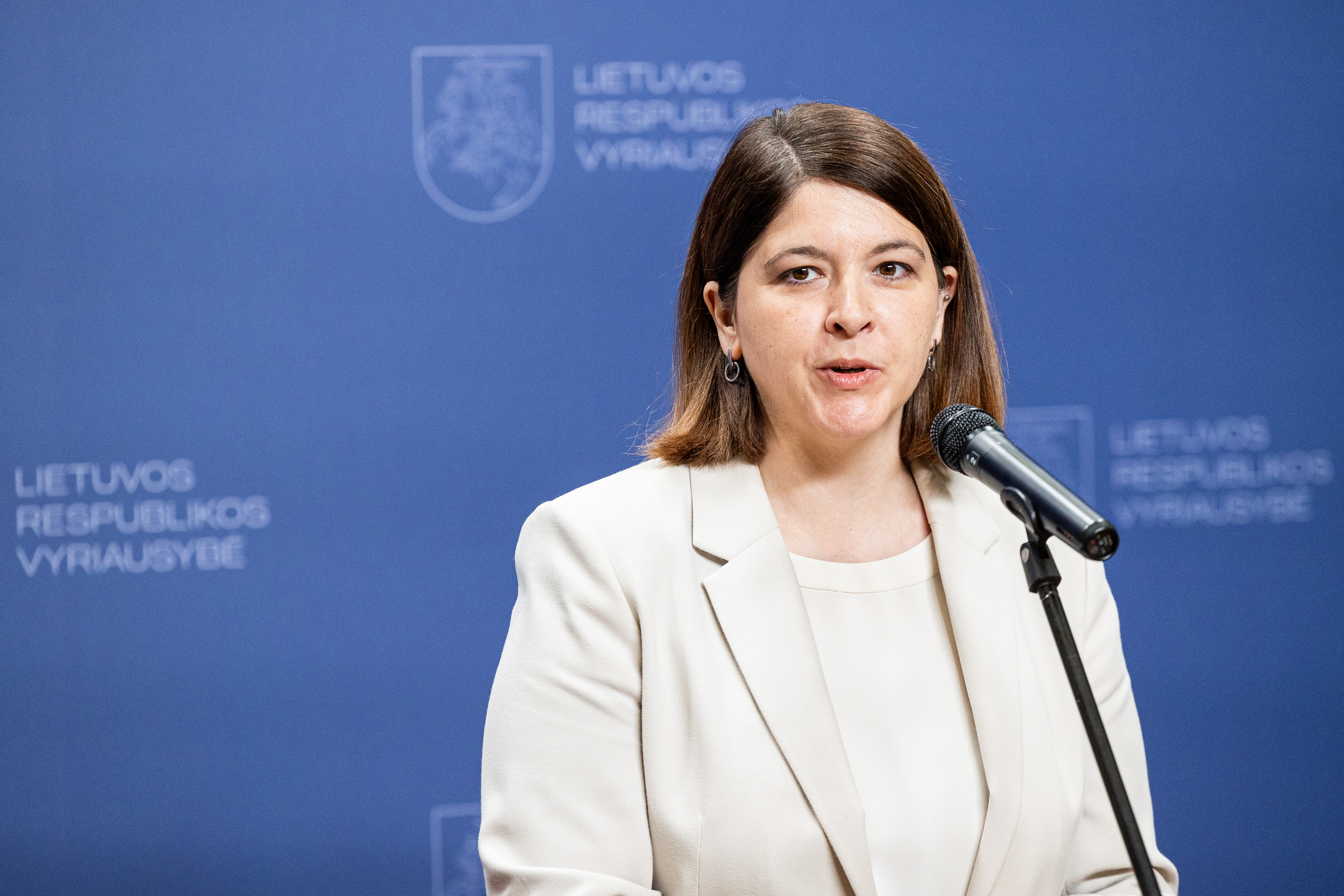Laura, who has autism spectrum disorder: I release emotions while painting
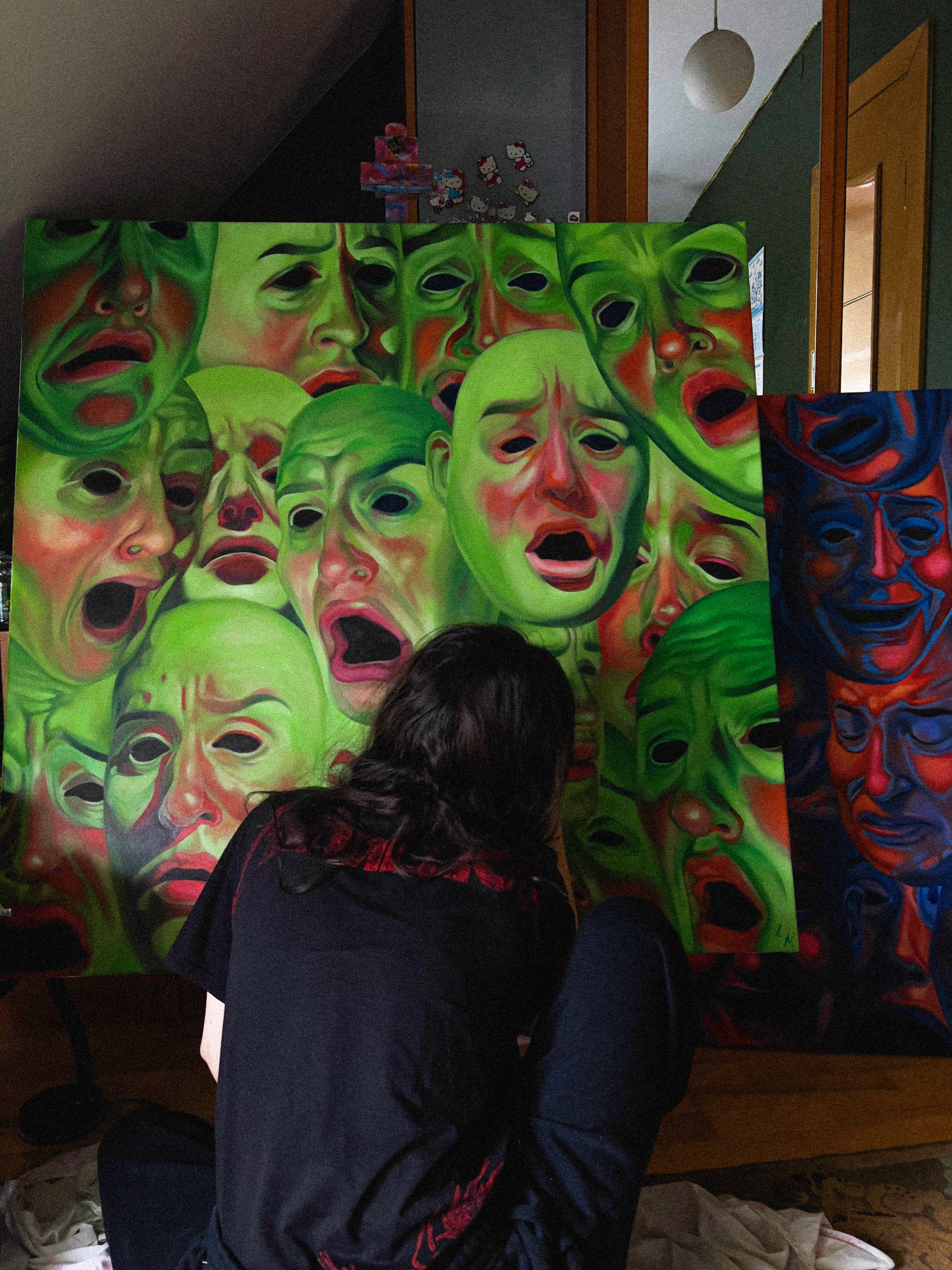
Exhibition of paintings by L. Naudžiūnaitė will be opened at Vilnius Town Hall as early as April 7. More information about the exhibition and its opening event, Eaism: Know Me ‘ here;
– Laura, tell me what your experience is with an autism spectrum disorder?
– Experience was not easy. I learned about autism only a few years ago, when I was experiencing a strong emotional fracture – I was completely closed, I couldn’t do my job, everything seemed too difficult.
I started noticing that many things were naturally succeeding in those around me, and I needed constant pauses and rest. I felt that after the pauses that often lasted months, my ability to communicate, to be exponentially regressed in society. I had a hard time talking about conversations, communication was a challenge, which only increased stress.
For the first time during therapy, I heard that this could be an autism spectrum disorder. I reacted particularly angrily because my head still had stereotypes about this disorder. After that news, I stopped visiting therapy, quitting everything and completely distanced from the world.
Somewhere deep in me, the question may be, maybe there is truth, but when I started to get interested, I couldn’t identify myself for a long time with the diagnosis. For example, one of the signs is that autistic people often experience difficulties in recognizing other people’s emotions, and I seem to have not encountered that problem.
Back in my childhood, I found a book about emotional intelligence that became my « Bible ». I read it again and again, learning how to interact with people. I remember having experienced an emotional fracture, the first thing I thought about was, « I have to convert that book and update my skills to learn how to communicate again. »
Laura Naudžiūnaitė’s painting process. Photo by Personal Archive
– When did your experience become a specific diagnosis? How long did it take to reconcile with the new reality of life?
– After that first hint of autism spectrum disorder, I began to observe my behavior and feelings more closely, wrote down everything and searched where the specific autism criteria could be here. During my childhood, those around me were explained simply by my behavior, saying that I was too spoiled or just an artist, and so strange. At first I didn’t see myself as « different ».
When I decided to go deep, I came back to the psychiatrist. He looked at my notes, the results of the diagnostic tests and asked how I still have questions because the situation is clearer. If I still doubt, I offered to go to a private clinic specializing in adult autism diagnostics, but added that I wouldn’t hear anything new there.
Nevertheless, I still felt impassed (Imposter Syndrome) – I didn’t seem to be autistic enough, especially when those around me were doubted. There were those who say that I wouldn’t look like an autistic or « this is probably the autistic, », and my parents did not first diagnose.
Self -acceptance itself was aggravated by the social context – women often expected greater emotional intelligence and adaptation, so I naturally learned how to hide certain features. No matter how much I tried to adapt, it was troubled – I often closed in my room, I didn’t want to hear or see anything around.
Picture of Laura Naudžiūnaitė. Photo by Personal Archive
– What challenges do you face daily? How do you manage to deal with them?
– One of the main challenges is to maintain relationships, human connection. Family members had to remind me that I would call someone, inquire about how they were doing, staying in touch. It seemed very strange to me – after all, we are a family, is the connection between us is not self -evident? Why are those additional actions?
Although I have learned to tolerate hugs with other people over time, physical contact, it also requires a lot of effort. When the internal resources are exhausted, I must retreat and be with me only. When I get tired, even maintaining eye contact becomes too difficult – it hurts completely, it seems that the body cannot lift it.
Sometimes you just can’t avoid communication, for example at work. Then I carefully observe myself, count how much I look at the other person in the eye so that they do not look too much or too little. Each conversation costs a lot of energy because I do everything consciously, well thought out – « just for myself ».
It is also difficult for me to understand what emotion I feel until it is all over. If I am angry – I feel it all my body, if sad – I cry, so I get lost when the situation is not clear or emotion is mixed with each other. Surprisingly, I recognize other people’s emotions much better than my own, although it is possible that I overestimate their strength, which makes me very much.
Laura Naudžiūnaitė. Photo by Personal Archive
– Emotions have a very important role in your paintings exhibition. Tell us more about her.
– The idea of exhibiting my work at the exhibition was foreign for a long time, I had to mature for that. The paintings are very personal, they are about me, and the monsters I draw and have come up as a way to deal with emotions. A healthier way.
Monster faces that reminded me of nightmares when someone was standing behind you all the time, first drawing with a pencil. As I tried to capture them, I was hoping that they would finally run away from me.
After finishing the first painting, I felt strange, but at the same time much better, easier. In that big job, I imprisoned all the emotions I felt at the time and that brought me some incomprehensible benefits – something beautiful was born out of self -instruction, confusion, disgust and fear. In this way, awareness returned to my body and those « fracture » points did not seem so shameful because I was able to create something, not just to destroy.
I hope that when looking at these faces, the visitors of the exhibition will begin to get to know the autism spectrum disorder better, gain more empathy and awareness to the characteristics of this way, as there is no one universal portrait of an autistic person.

